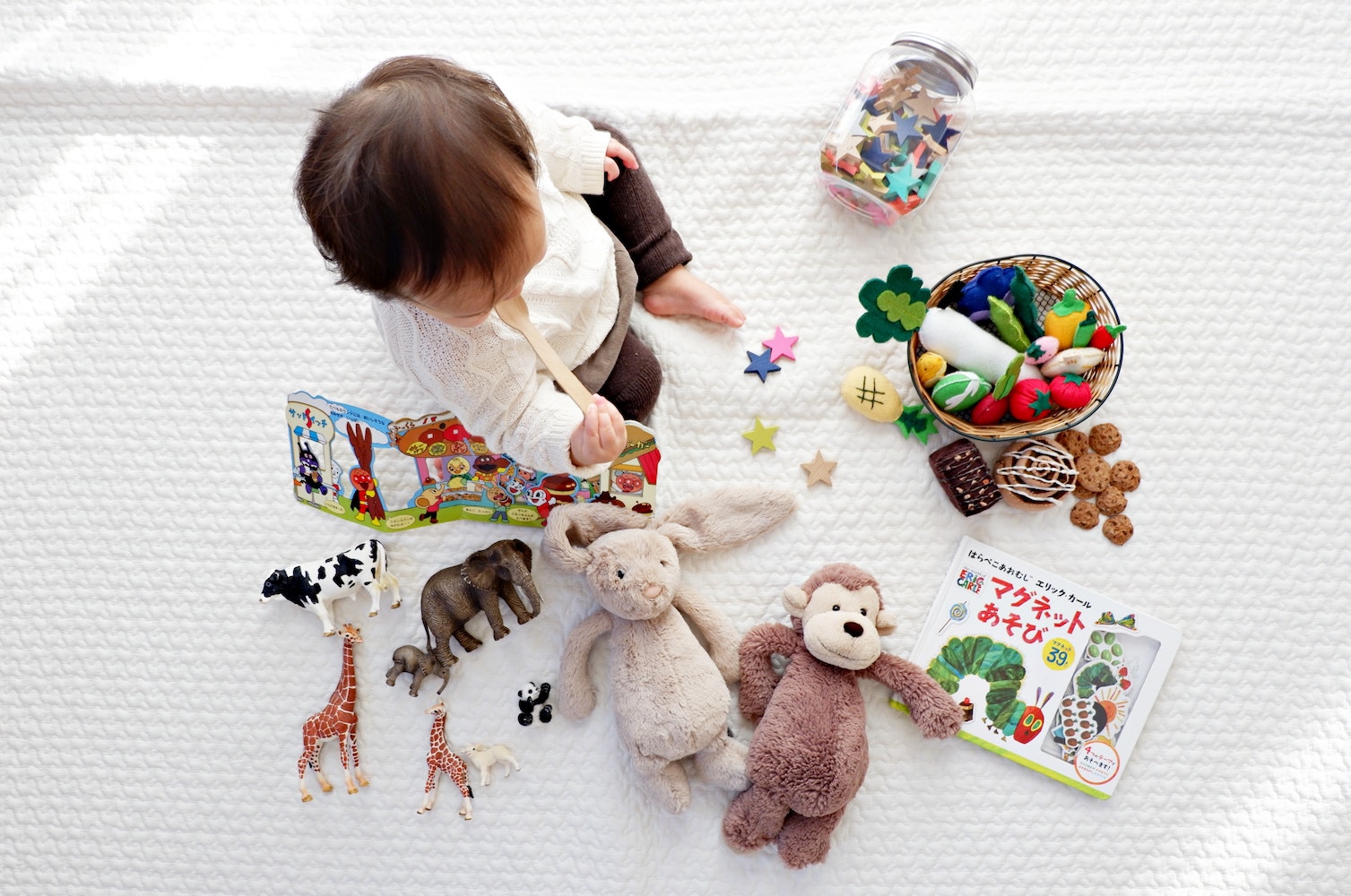How to make sensory toys? Among the products for children, the most popular are ecological toys, especially those that stimulate development. How to make sensory toys?
Sensory toys – what is it?
Ecological sensory toys are one of the basic products that should be found in every home with a small child. They are necessary for the proper development of a toddler. These are toys that affect the child’s senses. It is primarily about touch, but smell, taste, hearing and sight are also important. More and more often people talk about kinesthesia, or the sense of movement. Sensory toys are designed in such a way as to support the development of a child’s sensory integration. This integration is about learning to process and integrate different stimuli. How can we help with this child? The best way is to suggest sensory toys that will deliver all of these stimuli in an age-appropriate manner. Ecological toys will help the child gain skills, which will allow you to find yourself in a world full of stimuli.
- https://www.upsideart.org/jak-wykonac-wiazary-dachowe/
- https://www.reper.pl/ile-metrow-tapety-jest-w-rolce/
- https://www.viasudetica.pl/pranie-wykladzin-i-dywanow-podstawowe-informacje/
Sensory masses – how to make them?
A great idea to support sensory integration is to offer the child to play with all kinds of masses. We usually make ecological toys of this type from what we already have at home. These are often food products, so even very young children can play with such masses. In the case of babies, we should start with the masses, which are made entirely of food products, so they will not harm the toddler if, under our carelessness, the child manages to lick or eat such a mass. A good idea for your first dough is a so-called cloud mass.

We will make it from flour or potato starch and boiling water. To make such a mass, pour a glass of flour or potato starch into a clean bowl, and then boil the water. Pour a glass of hot water into a bowl and stir it intensively, preferably with a fork. We do it this way how we mix a regular egg that we want to beat. The water and flour will combine quickly to form a half-white, half-transparent mass that looks like a fluffy cloud. Such a mass can be kneaded, stretched, rolled, and also molded into figures, just like we can stick them out of snow. Another mass formed from food products is kinetic sand. These types of ecological toys can be made in a very simple way, using corn flour and oil. We will need five glasses of dry corn flour and a glass of any pure vegetable oil. Both products should be thoroughly mixed with each other.
The resulting sand has a beautiful yellow color and behaves very much like an expensive branded kinetic sand would behave. If we dream of sand of different colors, just add dyes to it. These can be both food dyes and ordinary paints with a good composition, which we usually use to paint with the child. Of course, there is also a mention of perhaps the most popular mass – salt mass. We make it by pouring a glass of any flour and a glass of finely ground salt into a bowl. For this, add water and mix the whole thing. Depending on what flour we use, the amount of water needed may vary. It should be added a little until we obtain a dough with a satisfactory consistency, which easily comes off the skin of the hands. Various shapes can be made from such a mass, which we then leave to dry. When the salt mass dries, it hardens to a stone.
This gives an opportunity for more sensory games. This dry mass can then be painted over with paints using your fingers.Regardless of the weight you decide on, appropriate containers for storing toys are important here. The shelf life of the dough will increase when it is kept in a sealed container. However, if we make ecological toys, the packaging should also be ecological. So instead of wrapping the dough in foil, it might be better to store it in a closed glass jar.
Can children’s houses be sensory?
Of course! Making toys such as children’s houses is a great opportunity to allow your child to develop sensory development. A small child will most likely be eager to not only go in and out of the house, but also go around it, touching the walls. We have a huge field to show off here. Inside the house, we can put a piece of old carpet, or just a towel or blanket with an unusual texture. In the door we can hang strips of cut material or beads, and even better – both. Fragments of old curtains or blotting paper strips will do well in the windows.
We can stick wallpaper samples of various textures on the walls inside the house. Some keep it cool and slippery, others rough and rough. In front of the house, we can put a piece of artificial grass purchased in a DIY store, or put a pot with real grass.It is also important to provide visual stimuli. So let’s also pay attention to the fact that children’s houses are primarily colorful.

